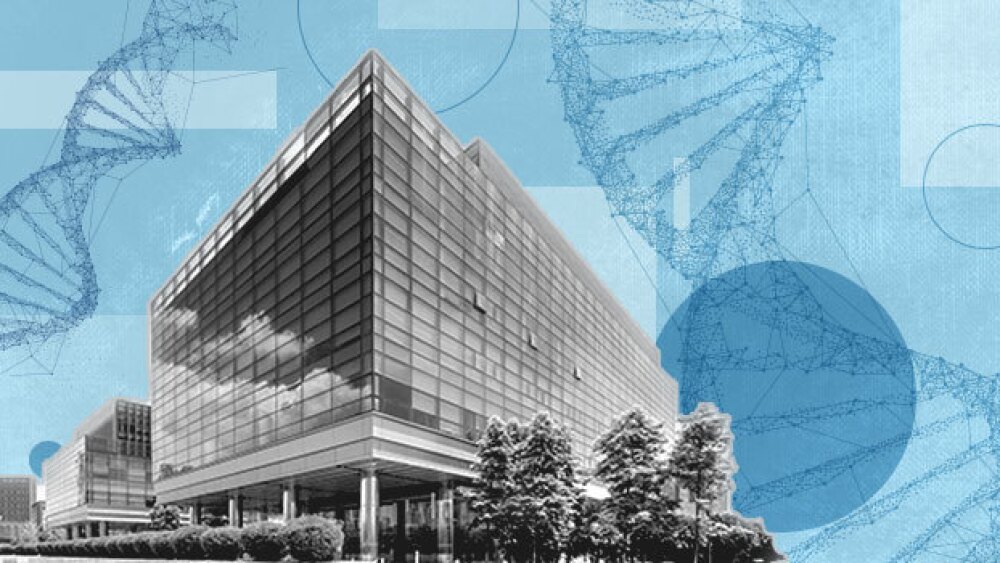Bioscience Career Review
Growing Jobs Within Life Sciences
By John Chambers
If you are considering a move to another position within life sciences, you are in good company.U.S. biosciences employ more than 1.3 million, and states and area Hotbeds are driving expansion.
Colorado, alone, has more than 16,000 jobs across almost 400 bioscience companies. Ohio’s bioscience industry is another large player. Its life science industry represents more than 17 percent of the state’s total economic impact, while Kansas plans to invest $52 million in new bioscience initiatives next year.
The U.S. Department of Energy and results of the national Human Genome Project cite 11 key areas that could fuel additional growth: medicine, agriculture and wildlife, computational biology, engineering disciplines, business, law and justice, history and anthropology, military, space exploration, bench science, and bioscience communication.
“The large, multidisciplinary Human Genome Project, the completed effort of finding all human genes and characterizing a reference genome, has promised to revolutionize the future so profoundly that the 21st has been dubbed the biology century,” according to the project’s Web site. “Commercialization of numerous applications in genomic science is fueling the burgeoning life sciences economic sector.”
“Today, people in fields such as business, which traditionally did not require life sciences training, increasingly are finding that, at the very least, they need a working knowledge of the principles of biology and life science research and development.”
A large area of industry growth falls within medical fields funneled through advancements in:
• Medical genetics, genetic counseling and genetic nursing
• Gene therapy and testing
• Organ transplantation
• Fertility and reproduction
• Public health
• Pharmaceutical components
The Human Genome Project describes a growing number of gene tests available in commercial sectors, fostering new frontiers within gene therapy.
“This rapidly developing field holds great potential for treating or even curing genetic and acquired diseases, using normal genes to replace or supplement a defective gene or to bolster immunity to disease,” project reports state.
It is part of a larger trend to make medicine more proactive than reactive.
Indiana-based Predictive Physiology & Medicine Inc. is one company leading the transition. The company is developing a way to test predictors of disease through blood samples, creating a profile of a patient’s health that encourages preventive lifestyle decisions.
“ … The first step toward offering such personalized care is creating a large database of biomarkers collected from a wide cross-section of individuals,” according to a company executive in an article published through Indiana University. “An individual patient’s blood can then be analyzed and compared to averages calculated in the database.”
Next steps are clinical trials and FDA approval.
Healthcare devices are another key growth area within medical segments.
Medical devices make up a large portion of the pharmaceutical market, and as of 2007, account for $75.6 billion in revenue. Analysts predict they will drive a compound, annual growth of 9% between 2006 and 2013 that will be supported by an aging population.
“Overall, there exists significant investment potential for venture capitalists in companies that are developing minimally invasive surgical approaches and/or developing new clinical applications for the treatment of unmet clinical needs,” according to a recent industry report. “The segments associated with the highest growth potential in the U.S. medical devices industry include neurology, cosmetics and aesthetics, and orthopedics.”
DeviceSpace.com, BioSpace.com and ClinicaSpace.com offer open positions for these and other areas. The U.S. Department of Energy also suggests your state’s biotechnology organization, trade journals and other resources to find your dream job.





